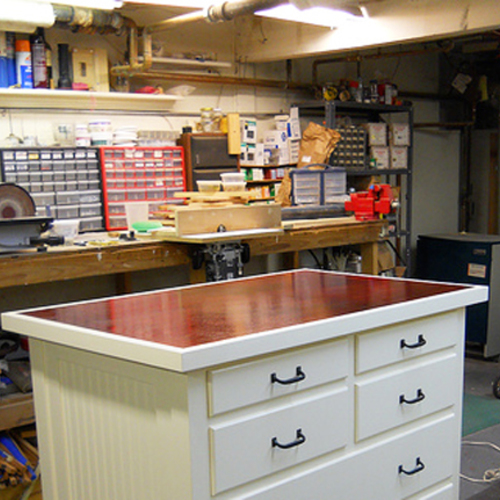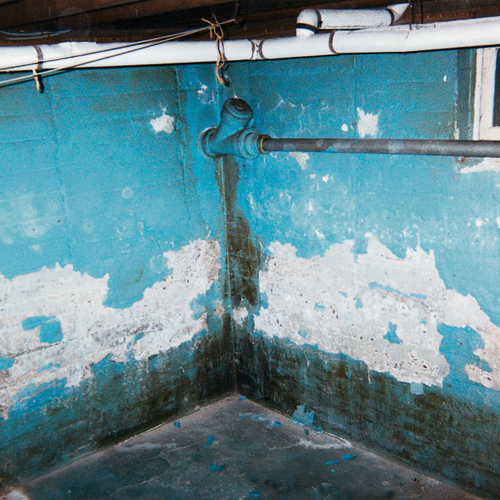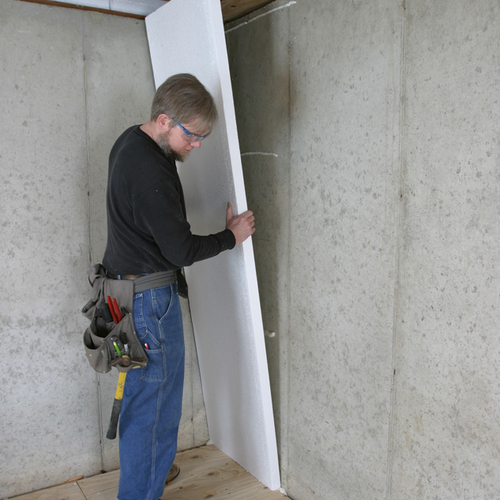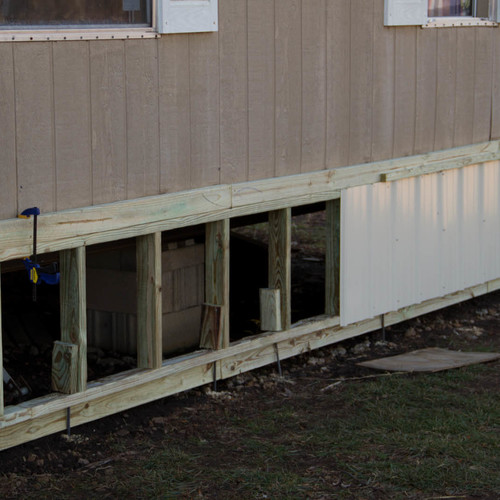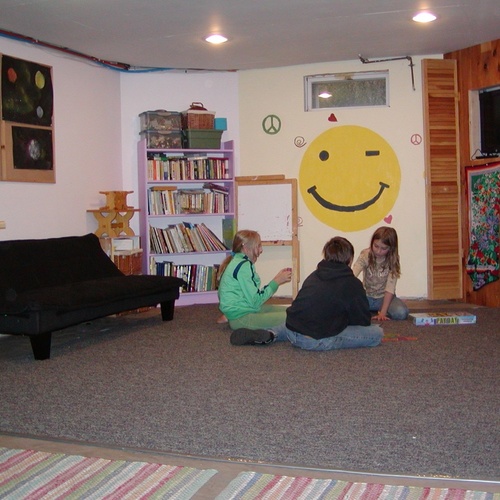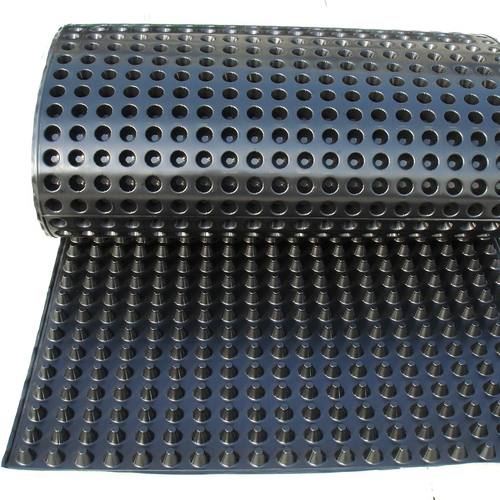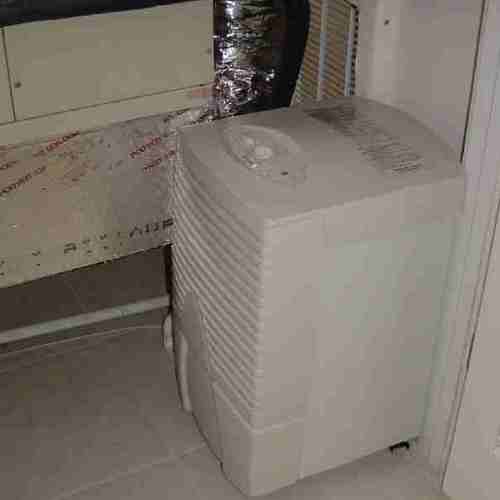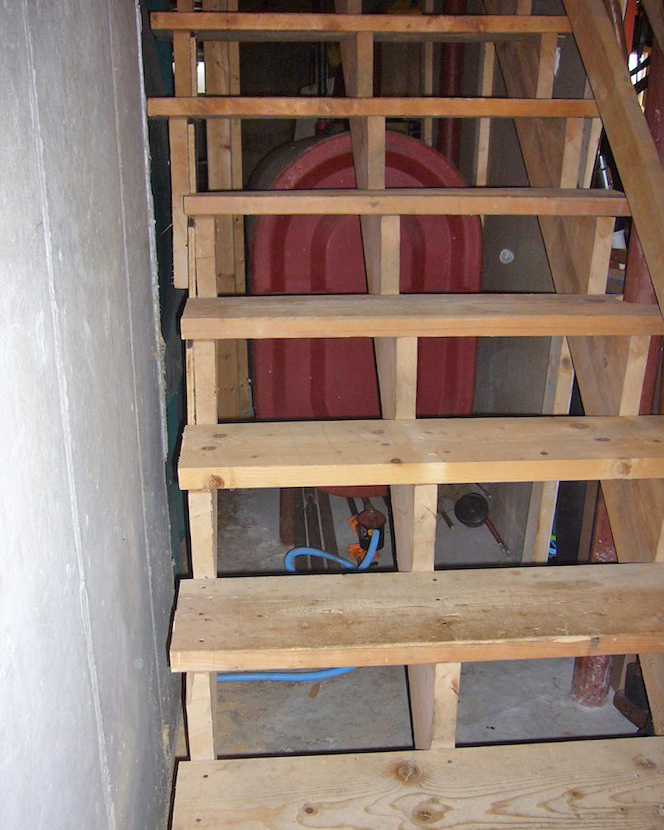
This is a list of the most important GBA articles on basements and crawlspaces.
If you are looking for an index that spans all categories, with a special focus on “how to” articles, check out this resource page: “How to do Everything.”
-
All About Basements
Foundation discussions can get heated. For some reason, builders often dig in their heels when the topic of slabs versus crawl spaces versus basements comes up. It’s time to declare a truce. It’s perfectly possible to build a great house on any one of these three foundation types, as long as everything is properly detailed. Each type of foundation has advantages as well as disadvantages. If you have a foundation type that you prefer, that’s great. I’m not going to try to change your mind.
-
Fixing a Wet Basement
A hundred years ago, homes had cellars, not basements. The typical cellar has stone-and-mortar walls and a dirt floor. Such a cellar is cool and humid, so it's the perfect place to store carrots and potatoes. If a cellar floor got wet during the spring thaw, no one cared. After all, it’s not as if anyone was playing ping pong down there.
-
How to Insulate a Basement Wall
Here at GBA, we regularly receive questions from readers about the best way to insulate a basement wall. Since these questions pop up frequently, it’s time to pull together as much information as possible on this topic. In this article, I’ll try to explain everything you always wanted to know about insulating basement walls.
-
Building an Unvented Crawlspace
Residential foundations vary widely from one corner of the U.S. to another. Builders in some regions love basements, while builders in other regions swear by slabs on grade. Although most builders have a theory to explain these regional preferences, the main reason for these variations is habit, not logic. In areas of the country where basements are rare, there usually aren’t any technical barriers to building basements; and up north, where basements rule, it’s perfectly possible to build on a slab.
-
Crawl Spaces vs. Skirts
Many older homes in rural areas have pier foundations. The piers may be made of wood (for example, creosoted posts or pressure-treated lumber), poured concrete, CMUs, or bricks. The space between the dirt and the underside of the floor framing may be enclosed or may be entirely open to the wind.
-
An Open Discussion on Closed Crawlspaces
This post is just an observation that I hope will stimulate some conversation about the subject of closed crawl spaces. This evolved out of conversations with two builders—one a high-end custom outfit and the other an affordable builder. Both of them had been certifying their homes to EarthCraft House standards and were building with closed crawl spaces. On the same day last week I heard from both builders that they were having moisture problems in their closed crawl spaces, were reluctant to continue building them, and were considering returning to vented designs.
-
Details for a Closed Crawlspace
Emerson has moved into a house in Climate Zone 4A, a region where humidity can be relatively high. As Emerson explains in a Q&A post, the crawlspace beneath part of the house has been closed to the outside, and now the question is how to insulate the space to help keep the house comfortable.
-
Basement Insulation — Part 1
A common truism (that isn't) is “heat rises.” Actually, what rises is air that is warmer than the surrounding air. Anyone who has lived with a wood stove knows this — it's a lot hotter at the ceiling in the room with the stove than it is at the floor. But heat flows from hot to cold, so it readily goes from our houses down into whatever connection they have with the ground, because the ground is cooler than the temperature most of us like our homes to be at.
-
Basement Insulation — Part 2
In Part 1 of this blog series, I mentioned that I had to move a number of infrastructure items away from the concrete walls so I could have an unbroken insulation installation. In retrospect, it was a good idea to move them, and the time it took was at least partially compensated for by not needing to take time to fit the foam around the obstacles. They were:
-
Carpet in Basements: The Issues, Solutions, and Alternatives
Designing dry, warm basement floors Dry, warm, basement floors are designed to manage: Water at ground level — gutters and downspouts connected to splash blocks on soil sloped away from the building; Water at the footing — perimeter pipe drainage at the footing;
-
Using a Dimple Mat to Keep a Basement Wall Dry
Homeowners with problematic basements often post questions on GBA. They generally complain that their basements are damp, and that basement moisture problems aren’t easy to fix. Solutions to damp basement problems are only indirectly connected to the topic of green building. In recent years, however, green builders — that is, builders who focus on energy efficiency — have become experts on moisture problems in buildings, in part because insulation problems are intimately tied to moisture problems.
-
All About Radon
Several colorless, odorless gases can injure your health. For example, carbon monoxide can kill you in minutes. Radon takes longer — usually decades — to kill you, and (fortunately) death is less certain.
-
All About Dehumidifiers
An energy-efficient home in a hot, humid climate should have a tight envelope, thick insulation, energy-efficient appliances, and low-solar-gain windows. If you include these features in a new home, your air conditioner won’t run as often as your neighbor’s. That’s good. But there is a downside to the fact that your air conditioner runs rarely: during the hours that your house has no active cooling, it also has no active dehumidification. As a result, your indoor relative humidity is going to rise.
